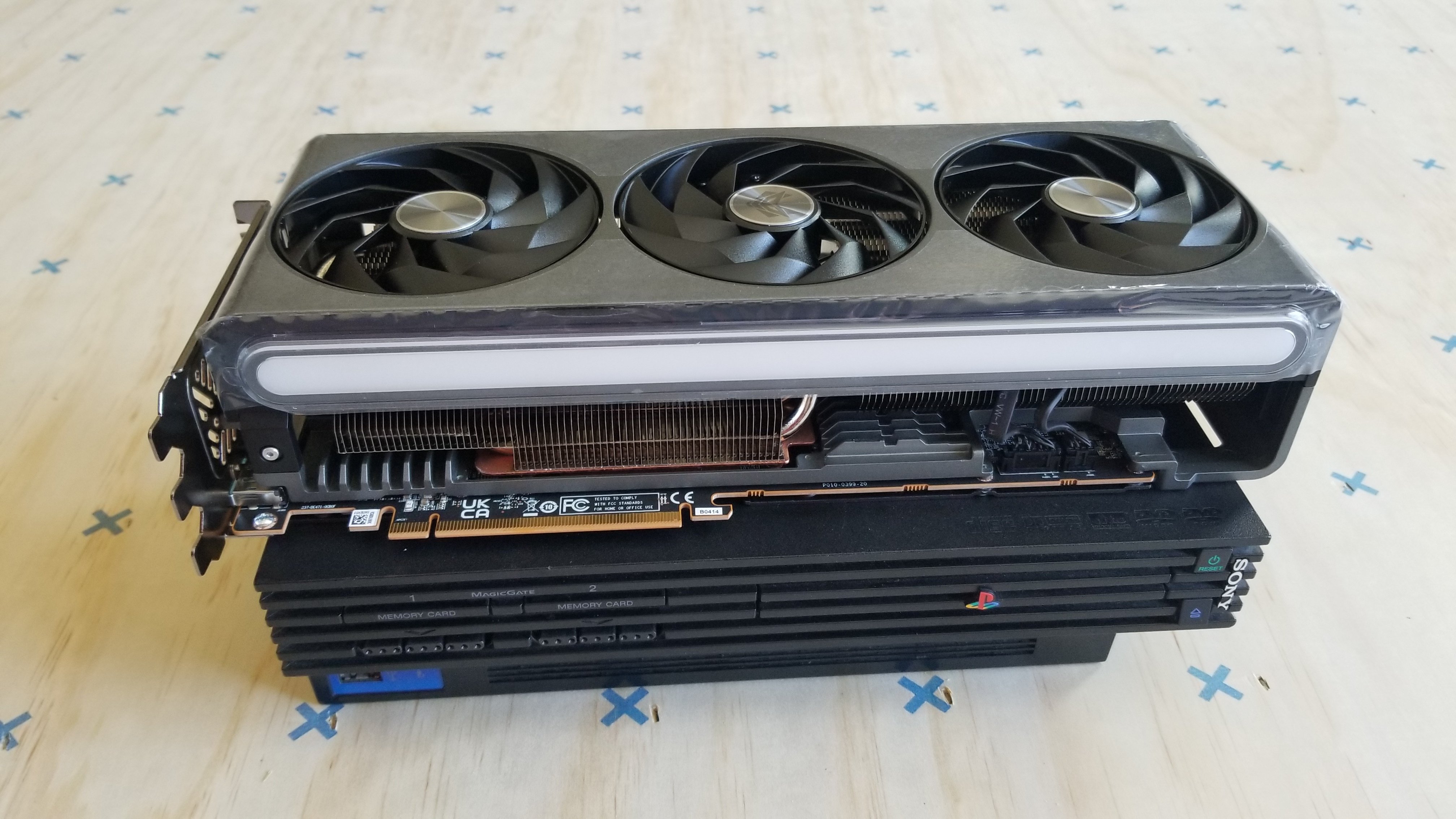this post was submitted on 28 Jun 2024
398 points (98.3% liked)
PC Master Race
17012 readers
39 users here now
A community for PC Master Race.
Rules:
- No bigotry: Including racism, sexism, homophobia, transphobia, or xenophobia. Code of Conduct.
- Be respectful. Everyone should feel welcome here.
- No NSFW content.
- No Ads / Spamming.
- Be thoughtful and helpful: even with ‘stupid’ questions. The world won’t be made better or worse by snarky comments schooling naive newcomers on Lemmy.
Notes:
- PCMR Community Name - Our Response and the Survey
founded 2 years ago
MODERATORS
you are viewing a single comment's thread
view the rest of the comments
view the rest of the comments

In addition, I can't tell people enough that most "specialty' tools are most likely common tools from other fields, but maybe include a fancy adapter or something. And yes, I don't want to know how many times we have solved problems that were already solved. (A benefit is that we understand the true problem to its core and integrate those solutions much more efficiently into future projects.)
My "jack" is printed in PETG as it has a higher glass transition temperature (80°-85°C) than PLA. I have had PLA prints on my shelf start to sag due to age but most of that is likely negated by additives in new generations of PLA+. (or PLA Pro, or whatever buzzword is currently used.) PETG should be just fine for this. ABS would be another option, too.
I currently have a Prusa Mini that is my go to, but a large format Prusa XL with 5 separate hotends is squarely in my sights at the moment. (I have had several other printers that eventually got disassembled for parts.)
The threads on my print are super tight and no post processing was needed. It just screwed together after it was done. I did go to the trouble of designing a shoe looking adapter thing for more surface area against the card, but the weight of the card is enough to keep it from moving around. The thread angle is such that the downward pressure keeps enough friction on the threads so it's not going anywhere through any jostling. (Rough threads are a feature, in this case.)
But yeah, printers these days are much more accurate and less prone to errors. Just 10 years ago, every other print I did was a failure. Now? Failures are quite rare and that is mostly because of the tech. Now that layers are consistent enough these days, most threads I print are with 0.2mm layers which is good enough if I keep the tolerances wide enough in CAD. (My go-to is 0.25mm tolerance for fitted parts or less depending on the application.)
Yeah! I remember those wrenches quite well. Print-in-place models are somewhat mainstream now. I randomly put one on Printables and it is far more popular than I ever expected. The success rate seems quite high given the number of random printers that are out there: https://www.printables.com/model/489431-print-in-place-hinge . I only bring this up as it's a testament to how far the tech has come, and only recently.
I literally just got my first resin printer and have yet to have a failure. Getting consistent prints at 0.03mm has been a breeze and quality is limited by the model, not the printer. (Resin printer fanatics are likely to argue with me on that point.) Getting ABS plastic strength with hyper-detail is amazing! However, it's messy and smelly, so that sucks. (I am going to setup some real precision testing this evening as I have had some projects on hold for a couple of years due to FDM limitations.)